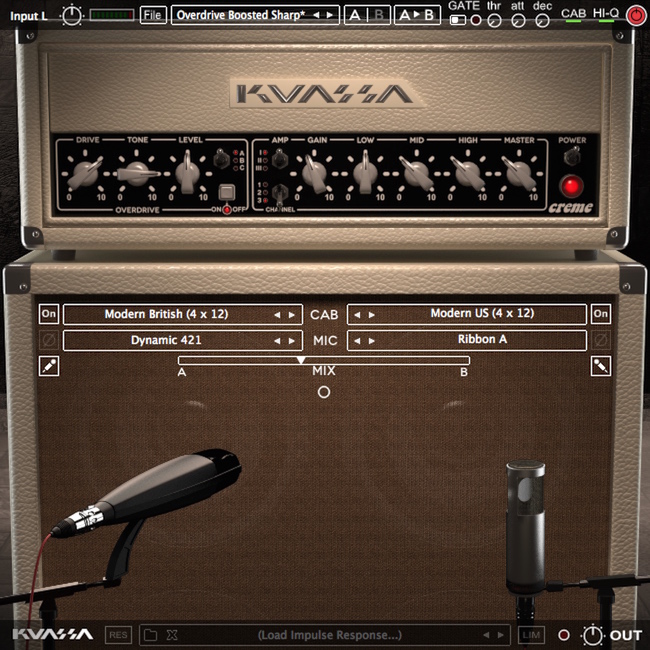If Spotify admins are listening it would be nice to include a link to the mac app mentioned above in the March update post notifying the user community that this feature is.

Frequently asked questions:
- With Equalizer for Mac you can correct the equalization levels of vinyl records you've imported into a digital format, using general-purpose amplifiers. A purpose-built utility, it only accepts a.
- When it comes to the preferred Mac music player of choice, Elmedia Player takes the lead. It comes with one of the highest standards of audio playback you can find on any audio player for Mac. Elmedia supports tons of audio formats like MP3, FLAC, AAC WMA, MKA, AC3, and more.

If if you feel like your audio hardware (headphones, speaker) does not have enough Bass (low frequency) punch, or vice versa, you can adjust that using eqMac.
Watch THIS VIDEO for a better explanation.
Press the Download button on the home page.
Open the downloaded eqMac.dmg file (if you accidentally closed the window you can always reopen it by Finding it as a Drive in your Finder).
Drag the eqMac app into Applications directory.
Open eqMac.app from you Applications directory.
The way eqMac works it needs to install an Audio Driver, to do that it needs your system password.
The app never sees your password as it uses secure Apple API to perform the install.
macOS does not have direct way to access the System Audio stream, so we use the eqMac Audio driver to divert the system audio to the drivers input stream.
Then eqMac captures that input audio stream, processses it and sends it directly to the output device.

Sometimes there are synching issues, try to switch away from eqMac audio device to your preferred output device and eqMac should restart the audio pipeline.
Alternatively, you can try to restart eqMac, that should help as well
The proper way to uninstall eqMac is to click the 'Uninstall' button in eqMac Settings section.
That will run a script to uninstall the app and the driver properly.
If for whatever reason you cannot run eqMac, to uninstall the driver you can run this command in Terminal:
Audio Equalizer For Mac Free
Sound Control 2.5.0 is a FREE upgrade for all owners of Sound Control.
Version 2.5.0

Music Equalizer For Mac

Free Audio Equalizer For Mac
- Devices menu now shows the Master Volume.
- Input devices now properly show and update the muted state.
- Toggle mute for default input device now shows the HUD to indicate status change.
- Add hotkeys for controlling the default input device’s gain and mute.
- Input devices now show gain dB value properly.
- Changing the gain of an input device no longer beeps.
- Added Priority devices for Input devices.
- Added HotKeys for changing the default input device.
- Volume feedback beeps now play on the appropriate device.
- Sound Control no longer interferes with macOS automatic device selection if priority devices are not enabled.
- Reduced CPU use.
- Added option to show and control apps that have been explicitly added to the listing.
- Fixed audio distortion after switching sample rates on bluetooth devices.
- Addressed application hang when switching to a bluetooth device or a built-in device on T2 Macs.
- Master volume displayed in the touch bar now updates properly when the default output device is changed.
- Added support for AirPlay!
- Added AppleScript support for setting mute, volume and balance.
- Added support for Zoom Thunderbolt audio devices.
- Sound Control volume change overlay more closely matches the system.
- Fixed a crash that could happen when muting AirPods Pro.
- Menu bar icon no longer shows disabled if STZ Audio Process plugin isn’t installed.
- Last version to support macOS 10.11 (El Capitan), 10.12 (Sierra), 10.13 (High Sierra. The next update to Sound Control will require macOS 10.14 (Mojave).
